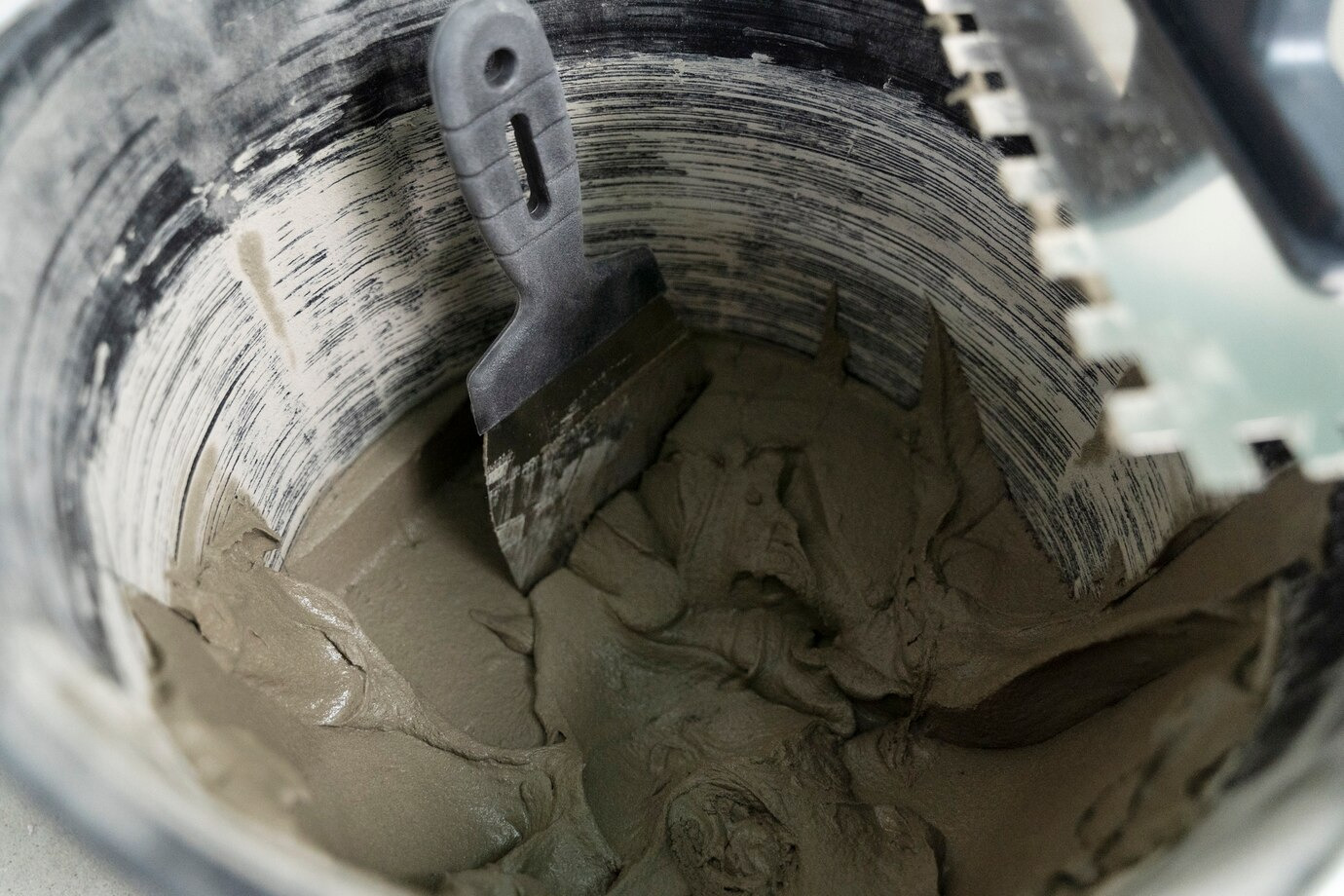When it comes to improving your home, taking on construction tasks like creating a newly poured concrete area must be treated with great care and attention. Understanding the significance of preparing the site prior to concrete pouring is crucial.
If not done properly, those improvements designed to enhance the visual and utility aspect of your home can also ruin it. Hence, maintaining the quality and longevity of such areas is of utmost importance.
If you are pondering how to keep your replenished concrete area long-lasting and in good shape, this article provides you with effective tips to assist you in preserving its integrity.
Table of Contents
Understanding the Importance of Your Concrete Area
Firstly, appreciating the critical role of the concrete area in your home is essential. Frequently used for pathways, driveways, and patios, concrete plays a substantial role in improving the overall aesthetic and functional aspect of the house.
Its durability, strength, and flexibility offer homeowners a cost-effective solution for various home improvement endeavors.
Therefore, preserving its new pour is beneficial not only in safeguarding the durability, strength, and flexibility of the concrete area but also in enhancing your home’s overall value. Recognizing the multifaceted contributions of concrete underscores the importance of diligent maintenance practices for lasting benefits.
Preparation Prior to Concrete Pouring
Fortifying the concrete area begins even before the cement mixture is poured. An essential step that can significantly affect the finished concrete’s quality is the significance of preparing the site prior to concrete pouring. Laying concrete on a well-prepared surface ensures a level and even finish, thereby reducing the risk of damage and unevenness.
From removing grass and topsoil to compacting the sub-base, every step plays a distinct part in ensuring an even and level pour. It’s necessary to place a layer of compacted, crushed stone below the concrete to aid in drainage and also prevent ground movement. Using reinforcing bars or steel mesh is also integral in strengthening the concrete and preventing surface cracking.
Using the Right Concrete Mix and Pouring Practices

Ensuring that you use the right concrete mix for your concrete area is essential. The mixture should not be too dry or overly wet. Both extremes can lead to a weakened structure and a poor finish. Achieving the correct balance in the concrete mix is crucial for optimal strength and durability, preventing issues such as cracks or uneven surfaces.
When do-it-yourself methods do not suffice, consider hiring professional concrete pourers as they bring the technical know-how and expertise needed to create a structurally sound and aesthetically pleasing concrete surface. Their experience ensures that the concrete is mixed and poured to industry standards, minimizing the risk of potential problems in the future.
Aftercare and Concrete Preservation Practices
Properly caring for your newly poured concrete area after it has been poured could increase its lifespan drastically. You have to think about curing your concrete.
Curing is the process of maintaining the optimum moisture content in the freshly poured concrete during the hardening process. The curing process prevents the concrete from drying out too quickly, resulting in a stronger and more durable finish.
Also, consider sealing the concrete surface. Sealing can provide an extra layer of protection against the elements and chemical spills and can also enhance the concrete area’s aesthetic appeal. However, it is advisable to wait at least a month to seal newly poured concrete.
Beyond just sealing, implementing preventive measures is crucial for maintaining the longevity of new concrete. Avoiding the use of heavy machinery during the initial hardening period, promptly addressing spills, and proactively repairing small cracks are essential practices.
Seasonal Care
The changing seasons also dictate other preservation practices for your newly poured concrete area. During the winter, for instance, avoid using salt deicers; these can cause scaling and spalling, compromising the integrity of the concrete.
Instead, opt for alternatives such as sand for traction, which helps prevent slips and falls without posing a risk to the concrete surface. On the other hand, when it’s warmer, regular cleaning, whether through sweeping or hosing down the concrete, becomes crucial to maintaining its fresh outlook.
Clearing away debris and addressing stains promptly not only enhances the visual appeal but also contributes to the long-term durability of the concrete surface.
Final Thoughts
Maintaining and preserving a newly-poured concrete area demands effort and diligence, yielding a long-lasting, durable surface that enhances overall home appeal and functionality. Executing essential steps from thorough preparation to meticulous sealing and ongoing general maintenance ensures the enduring beauty and utility of your home’s concrete surface.
Enhancing your home involves not only creating something new but is equally dependent on upkeep to sustain functionality and aesthetic appeal. Diligent care and adherence to these steps contribute significantly to the longevity and enduring charm of your home’s concrete features.





